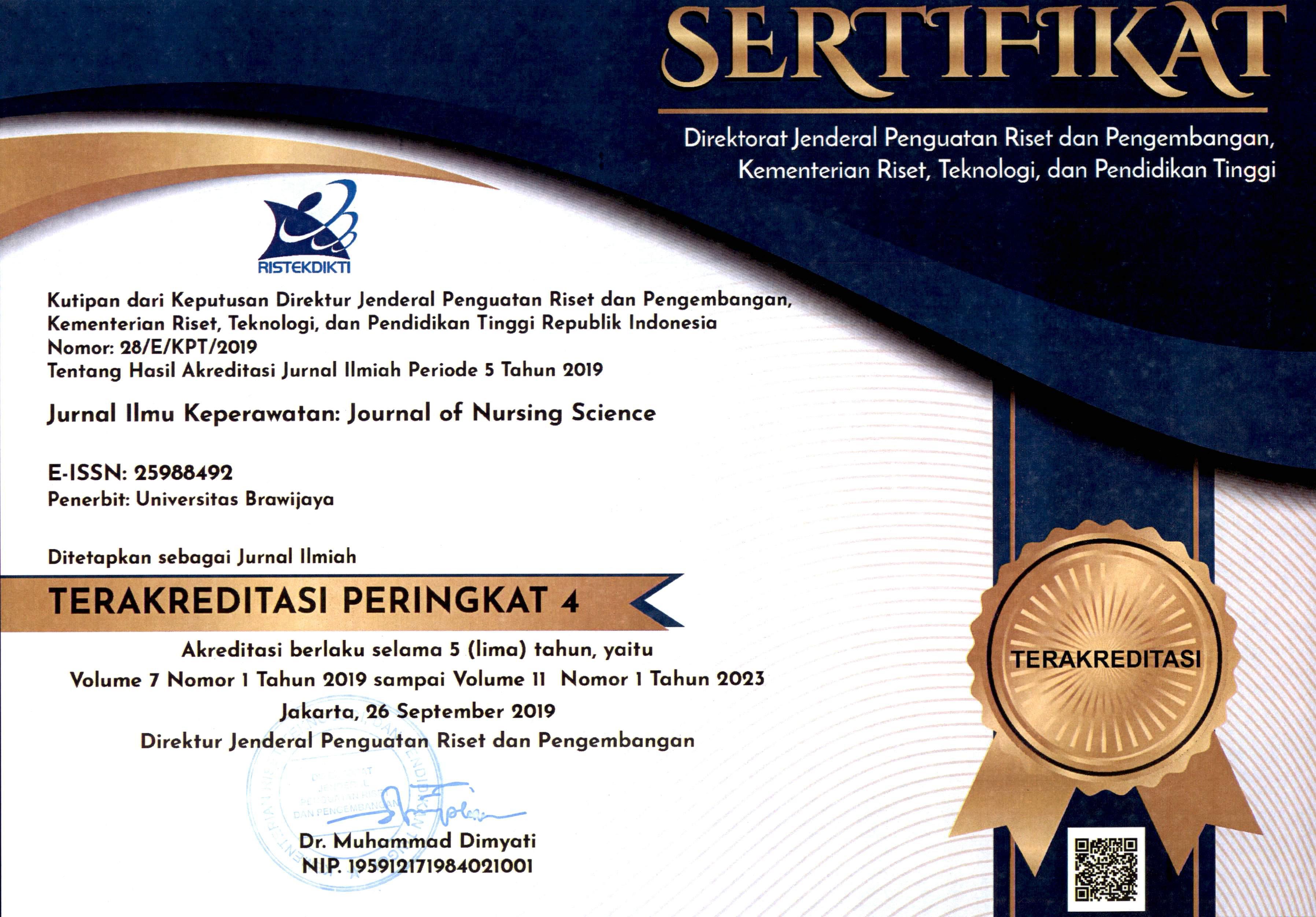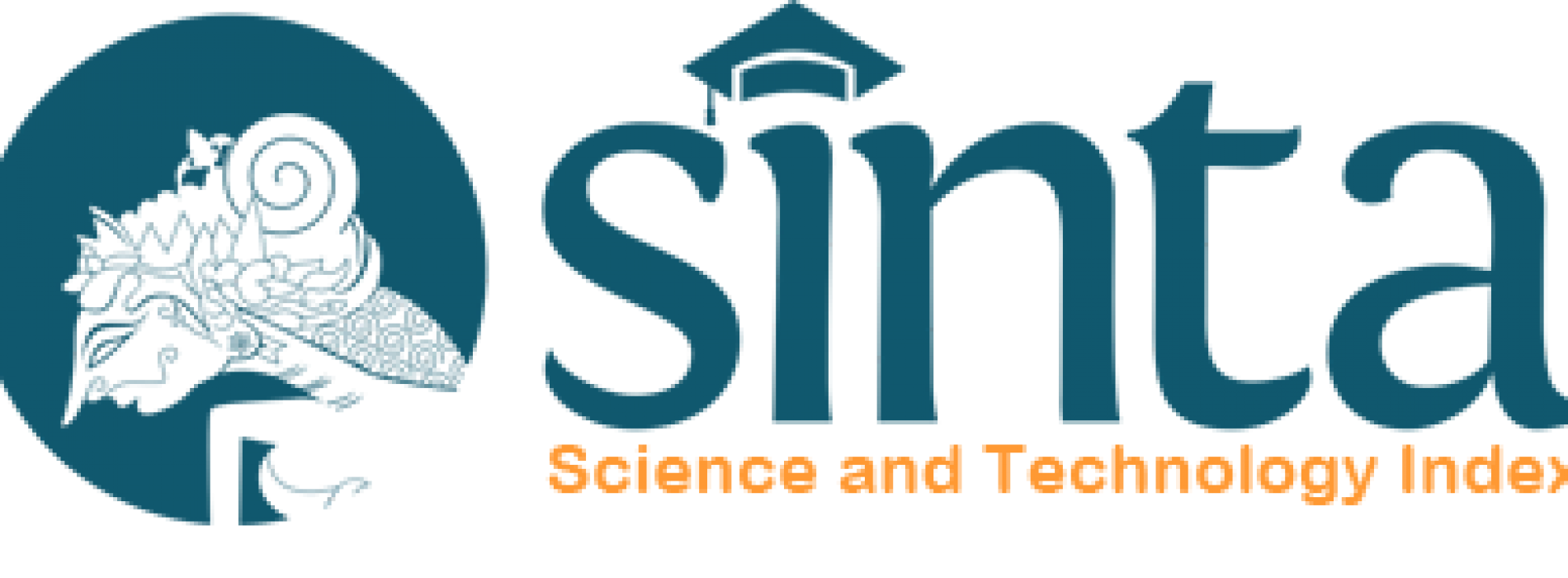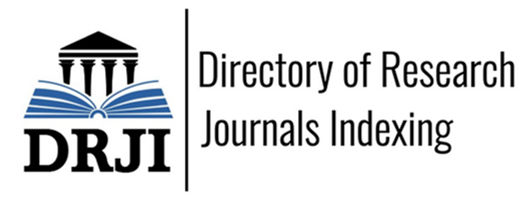GUIDED IMAGERY TECHNIQUES IN REDUCE BREAST CANCER PATIENT PAIN: LITERATURE REVIEW
DOI:
https://doi.org/10.21776/ub.jik.2018.006.02.5Keywords:
breast cancer, guided imagery, usually care, reduce painAbstract
Breast cancer is the most common disease in women than men. The most common signs and symptoms in breast cancer are pain. Pain management in cancer patients can be done with pharmacological and non-pharmacological approaches. Non-pharmacological treatment can be one of them is guided imagery techniques. Guided imagery techniques have been widely used in patient care in reducing pain in cancer patients, but there are still very few who discuss pain management in breast cancer patients. This article review was conducted to analyze the effectiveness of guided imagery in reducing pain. Search databases using electronic databases include Proquest, Pubmed, EBSCOhost, Sciensdirect and Google Scholar with keyword strategies: breast cancer, guided imagery, usually care, reduce pain and found 20 articles as references. Review of articles found that guided imagery can reduce pain in cancer patients. Guided imagery can be an alternative choice for actions to reduce pain in breast cancer patients.
References
- Asmadi. (2008). Teknik prosedural keperawatan: Konsep dan aplikasi. Jakarta: EGC.
- Bulechek, G. M., Butcher, H. K., Dochterman, J. M., & Wagner, C. M. (2013). Nursing Intervention Classification (NIC). (I. Nurjannah & R. D. Tumanggor, Eds.) (Edisi Keen). United Kingdom: Elsevier.
- Cleeland, C. S., Body, J.-J., Stopeck, A., von Moos, R., Fallowfield, L., Mathias, S. D., … Chung, K. (2013). Pain outcomes in patients with advanced breast cancer and bone metastases. Cancer, 119(4), 832–838. http://doi.org/10.1002/cncr.27789
- Corwin, E. J. (2009). Buku saku: Patofisiologi. (E. 3, Ed.). Jakarta: EGC.
- Deutsch, J. E., & Anderson, E. Z. (2008). Complementary therapies for psysical therapy: A clinical decision-making approach. St. Louis: Sauders, an imprint of Elseivier Inc.
- GLOBOCAN. (2012). Breast Cancer Estimated Incidence, Mortality and Prevalence Worldwide in 2012. Retrieved from http://globocan.iarc.fr/old/FactSheets/cancers/breast-new.asp
- Harrington, C. B., Hansen, J. A., Moskowitz, M., Todd, B. L., & Feuerstein, M. (2010). It’s Not over When it’s Over: Long-Term Symptoms in Cancer Survivors—A Systematic Review. The International Journal of Psychiatry in Medicine, 40(2), 163–181. http://doi.org/10.2190/PM.40.2.c
- Kwekkeboom, K. L., Cherwin, C. H., Lee, W., & Wanta, B. (2010). Mind-Body Treatments for the Pain-Fatigue- Sleep Disturbance Symptom Cluster in Persons with Cancer. Journal of Pain and Symptom Management, 39(1), 126–138. http://doi.org/10.1016/j.jpainsymman.2009.05.022
- Lewis, Dirksen, Heitkemper, & Bucher. (2014). Medical-surgical nursing : Assessment and management of clinical problems (Ninth edit). St. Louis Missouri: Elsevier Mosby.
- Moore, R. J. (2012). Handbook of pain and palliative care: Biobehavioral approaches for the life course. USA: Springer.
- Novarenta, A. (2013). Guide imagery untuk mengurangi rasa nyeri saat menstruasi. Jurnal Ilmiah Psikologi Terapan, 1(2), 179–190.
- Onieva-Zafra, M. D., GarcÃa, L. H., & Del Valle, M. G. (2015). Effectiveness of guided imagery relaxation on levels of pain and depression in patients diagnosed with fibromyalgia. Holistic Nursing Practice, 29(1), 13–21. http://doi.org/10.1097/HNP.0000000000000062
- Price, S. A., & Wilson, L. M. (2015). Patofisiologi: Konsep Klinis Proses-Proses Penyakit. (H. Hartanto, P. Wulansari, & D. A. Mahanani, Eds.) (Edisi 6, V). Jakarta: EGC.
- Raphael, J. H., Ahmedzai, S., Hester, J., Urch, C., &
- Barrie, J. (2010). Cancer Pain: Part 1: Patophysiology Oncological Pharmacological and psycological treatments: A Prespective from British Pain SOciety endorsed by rhw UK Association of Palliative Medicine and the Royal College of General Practiotioners. 2Pain Medicine, 11, 742–754.
- Rekam Medik. (2018). Data Pasien Kanker Payudara yang Menjalani Kemoterapi. Makassar.
- RI, K. K. (2015). Situasi penyakit kanker. Indonesia.
- Sherwood, L. (2016). Fisiologi manusia : dari sel ke sistem. (H. O. Ong, A. A. Mahode, & D. Ramadhani, Eds.) (Ed. 8). Jakarta: EGC.
- Silbernagl, S., & Lang, F. (2014). Teks & Atlas Berwarna Patofisiologi. Jakarta: EDC.
- Snyder, M., & Lindquist, R. (2010). Complementary & alternative: Therapies in nursing (Sixth Edit). New York: Seminar Nasional Keperawatan.
- Society, A. C. (2010). What is cancer. http://doi.org/10.1038/nrc1279
- Tsai, H. F., Chen, Y. R., Chung, M. H., Liao, Y. M., Chi, M. J., Chang, C. C., & Chou, K. R. (2014). Effectiveness of music intervention in ameliorating cancer patients’ anxiety, depression, pain, and fatigue: A meta-analysis. Cancer Nursing, 37(6), E35–E50. http://doi.org/10.1097/NCC.0000000000000116
- Yudiyanta, Khoirunnisa, N., & Novitasari, R. W. (2015). Assessment Nyeri. Cdk-226, 42(3), 214–234. Retrieved from http://www.kalbemed.com/Portals/6/19_226Teknik-Assessment Nyeri.pdf
- Adriana Coelho, RN Æ’ Vitor Parola, RN Æ’ Anna Sandgren, PhD, RN Æ’. (2018). The Effects of Guided Imagery on Comfort in Palliative Care. JHPN.
- Adriana Coelho, V. P. (2018). The Effects of Guided Imagery on Comfort in Palliative Care. JHNPN.
- Chen, S.-f., Wang, H.-H., Yang, H.-Y., & Chung, U.-L. (2015). Effect of Relaxation With Guided Imagery on The Physical and Psychological Symptoms of Breast Cancer Patients Undergoing Chemotherapy. Iran Red Crescent Med J.
- Coelho, A., Parola, V., Sandgren, A., Femandes, O., Kolcaba, K., & Apostolo, J. (2018). The Effects of Guided Imagery on Comfort in Palliative care. JHPN.
- King, K. (2010). A Review of the effects of Guided Imagery on Cancer Patients with Pain. SAGE.
Downloads
Published
How to Cite
License
Authors published in this journal agree to the following terms:
1. The copyright of the received article shall be assigned to the journal as the publisher of the journal. The intended copyright includes the right to publish the article in various forms (including reprints). The journal maintains the publishing rights to the published articles.
2. Authors may enter into separate additional contractual agreements for the non-exclusive distribution of the published journal version of the work (for example, posting it to an institutional repository or publishing it in a book), with acknowledgment of their initial publication in this journal.
3. Authors are permitted and encouraged to post their work online (e.g. in an Institutional Repository or on their website) before and during the submission process, as this can result in a productive exchange, as well as earlier and larger citations of the published work.
4. Articles and all related material published are distributed under Creative Commons Attribution-NonCommercial 4.0 International License or CC BY-NC 4.0 license.
JNSU is licensed under a Creative Commons Attribution-NonCommercial 4.0 International License or CC BY-NC 4.0 license.
Most read articles by the same author(s)
- Liza Fauzia, Kadek Ayu Erika, Andi Masyitha Irwan, LITERATURE STUDY: VALIDITY AND RELIABILITY TEST OF MASLACH INSTRUMENTS BURNOUT INVENTORY-HUMAN SERVICES SURVEY (MBI-HSS) IN NURSES IN SEVERAL COUNTRIES , Journal of Nursing Science Update (JNSU): Vol. 7 No. 2 (2019)





























